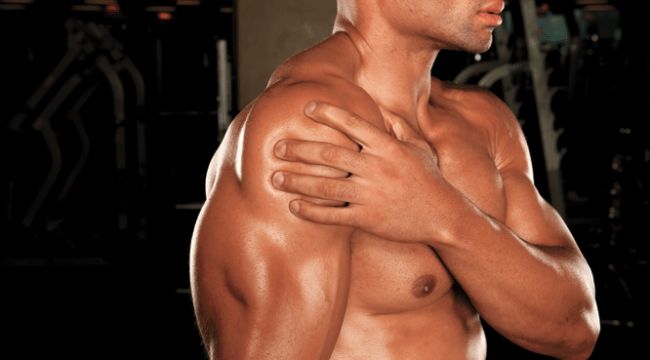If you being a new workout program or even raise the intensity of your regular fitness routine, it is not unsurprising for you to develop muscle soreness. However, actual muscle damage is indicated by delayed-onset muscle soreness, which usually develops a day or two after your workout. Only when you understand the different causes of muscle soreness will you be able to discern a more serious condition that may need a doctor’s attention and treatment. Pain from regular weight-lifting and soreness in the muscles can be dealt with easily without the doctor’s help. People should remember to drink lots of fluids during and after the workout to prevent dehydration and use the following ways for combating pain and soreness:
Stretching and Massage
Blood flow is improved by stretching before and after weight-lifting and this can be beneficial in preventing muscle tightness and stiffness that usually occurs after a workout. The production of hormones called endorphins is stimulated through massage and they can be useful in reducing the pain in the affected area. Blow flow in the affected area can also be improved by post-workout massage and this speeds up the healing process by preventing swelling. A self-massage can be performed by people or they can opt to visit a sports massage therapist after indulging in a strenuous and vigorous weight-lifting session.
Medication
Pain and inflammation in the sore muscles can be reduced and suppressed by taking anti-inflammatory drugs like ibuprofen, which are available over-the-counter. However, keep in mind that excess usage of anti-inflammatory drugs will damage the liver in the long run. Muscle soreness should not be alleviated with medications in the long term as people should also incorporate other methods to promote muscle recovery. Also, in order to avoid any negative side effects, it is best to consult a doctor before you opt to use over-the-counter medications for dealing with muscle soreness.
Cold and Heat Therapy
When heavy weight-lifting gives rise to muscle soreness, people can also deal with it through cold and heat therapy. When implementing cold therapy, it involves using an ice pack, a bag of ice or bag of frozen corn or peas. People also have the option of taking a cold bath. It is recommended that people should apply something cold to sore muscles, but ice shouldn’t be applied directly to prevent skin damage. A towel should be kept between the skin and whatever cold item is being used. Cold therapy should be used for about 10 to 20 minutes and people should switch to heat treatment after a few days for soothing the muscles. Warm water, a heating pad or even a hot water bottle can be used for heat treatment.
Light Aerobic Exercises
Recovery can be speeded up through light aerobic exercises because it increases blow flow towards the sore muscles. Walking, swimming and jogging are some cardiovascular activities you should engage in for about 10 to 15 minutes, after having finished a strenuous weight-lifting program.
Apart from these ways, resting can also be helpful in reducing the pain in sore muscles.
Guidelines Health
Recent Posts
- Castor Oil For Better Hair Growth: Is It Myth Or Fact?
- Exploring the Differences Between Sermorelin, Ipamorelin, Ibutamoren, GHRP2, and GHRP6: Understanding Their Role in Human Growth Hormone Regulation
- Unraveling the Mystery: Understanding the Causes and Prognosis of Ventricular Tachycardia Without Apparent Heart Disease
- Understanding Grandparents’ Rights in Oklahoma: Navigating Visitation and Legal Protections
- 10 Reasons to Consider Hypnotherapy for Your Health


